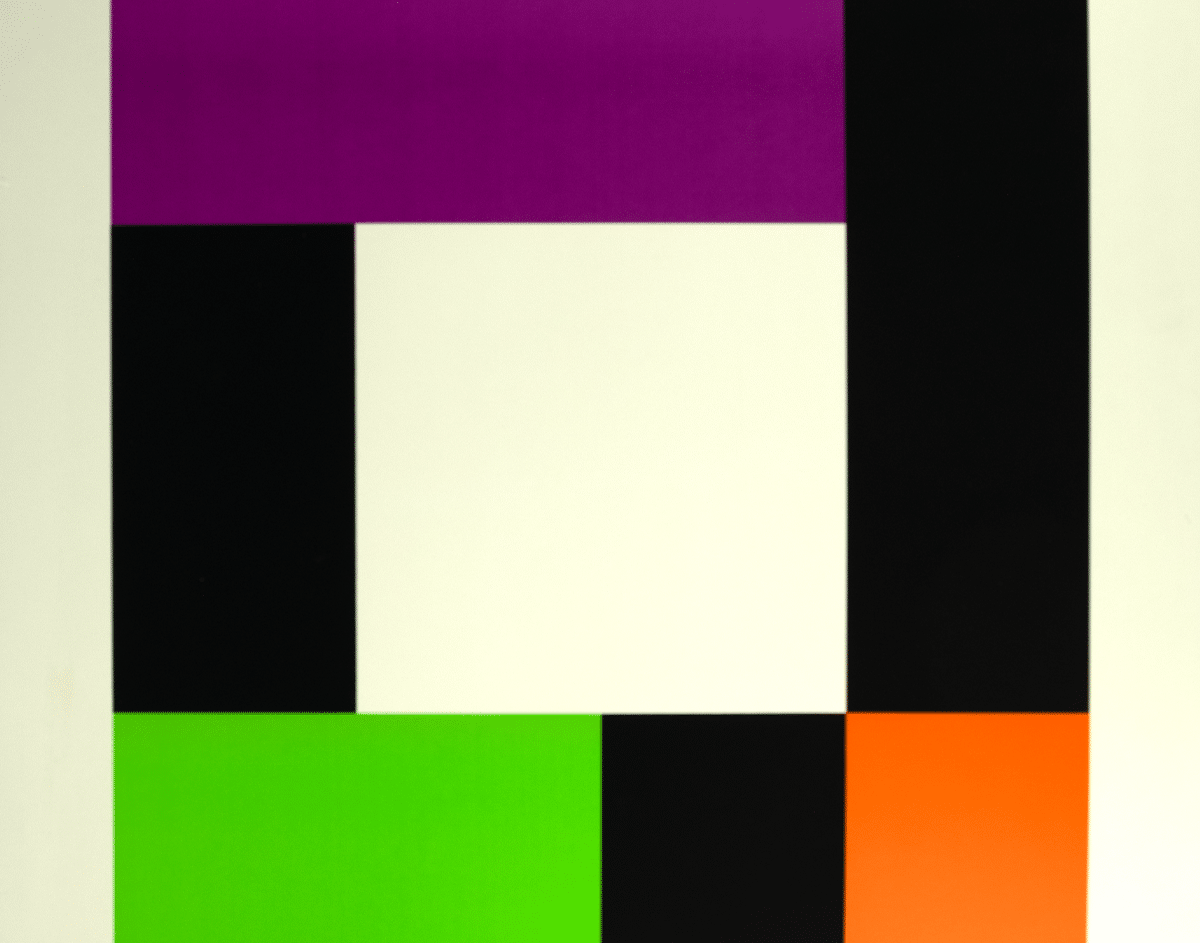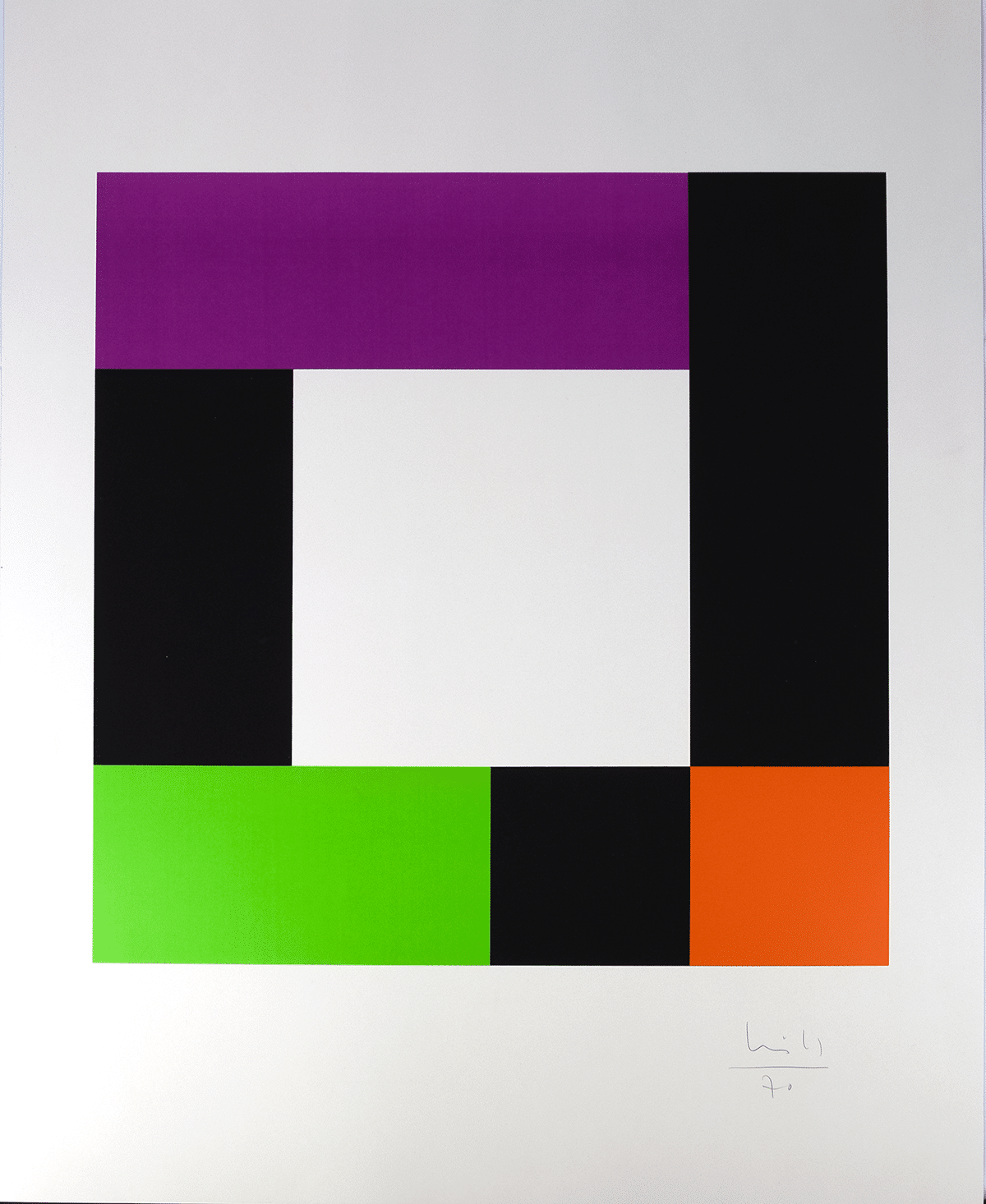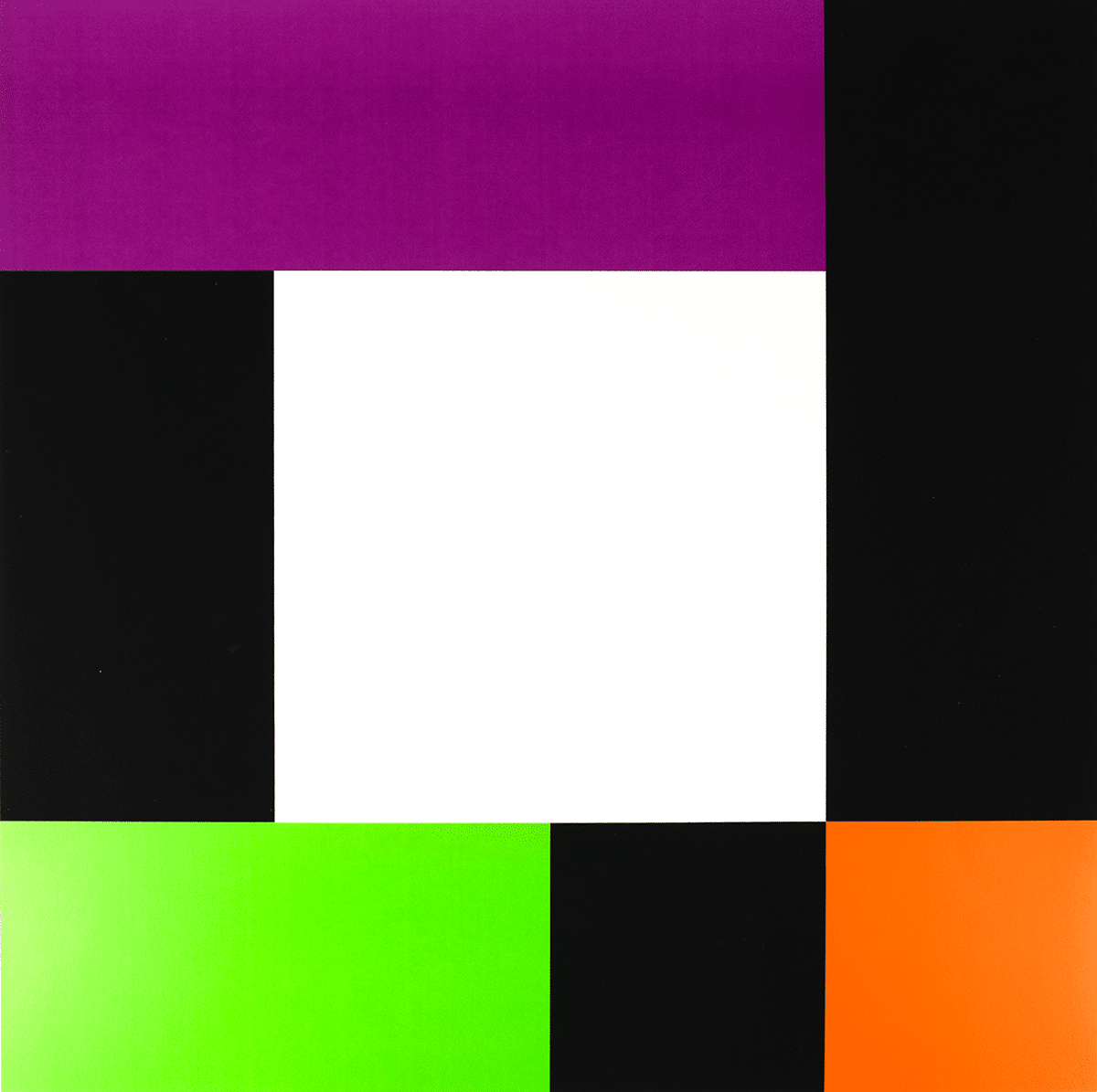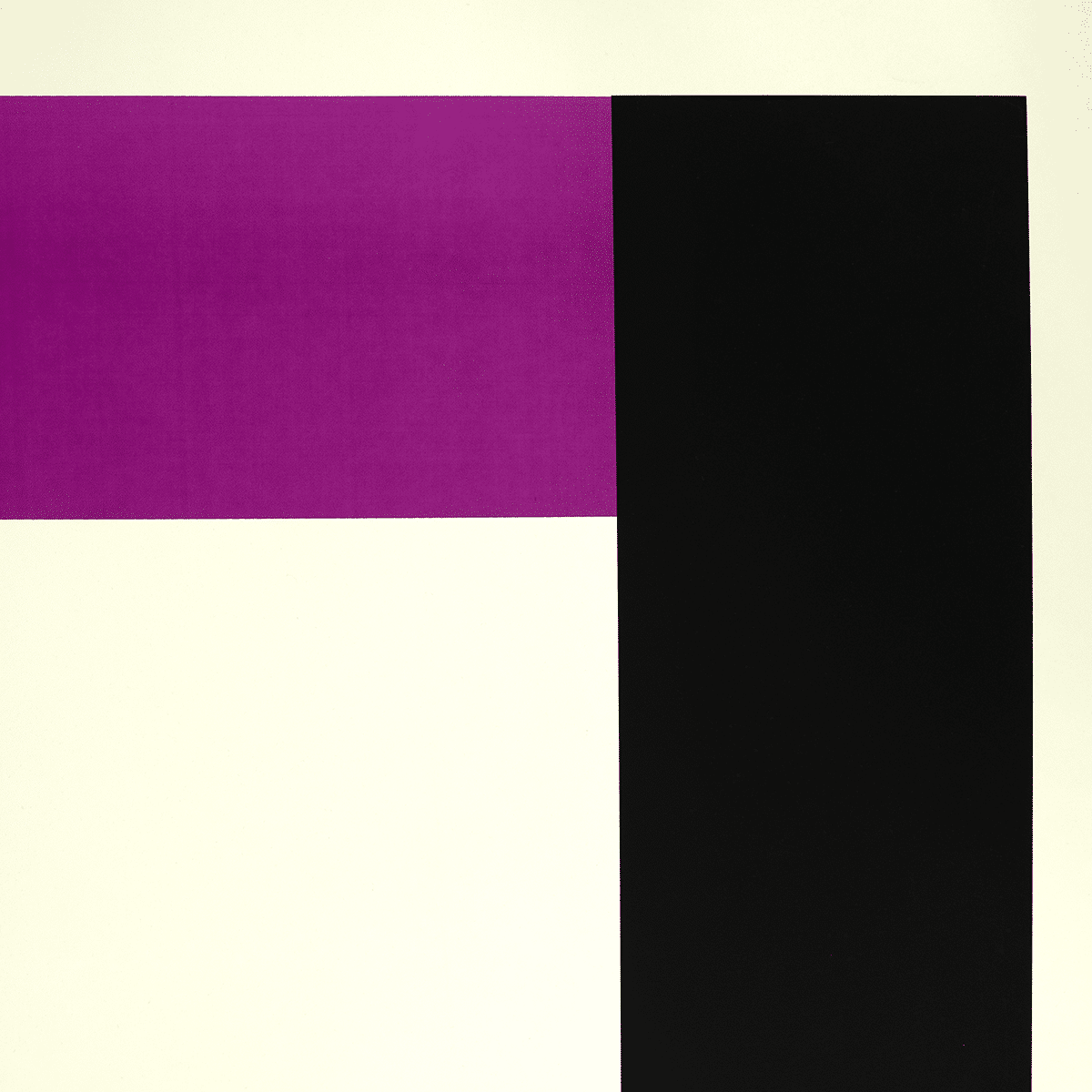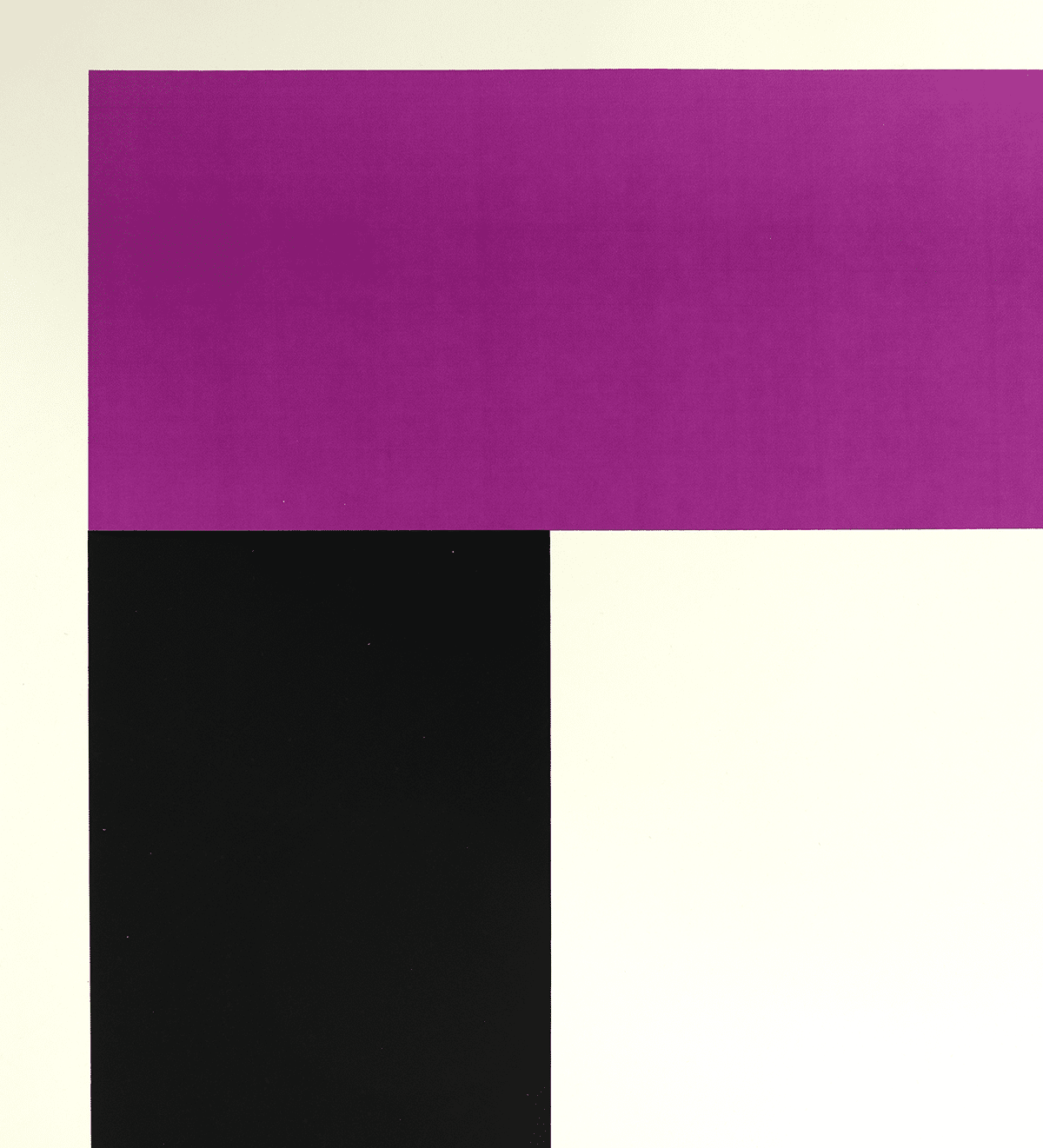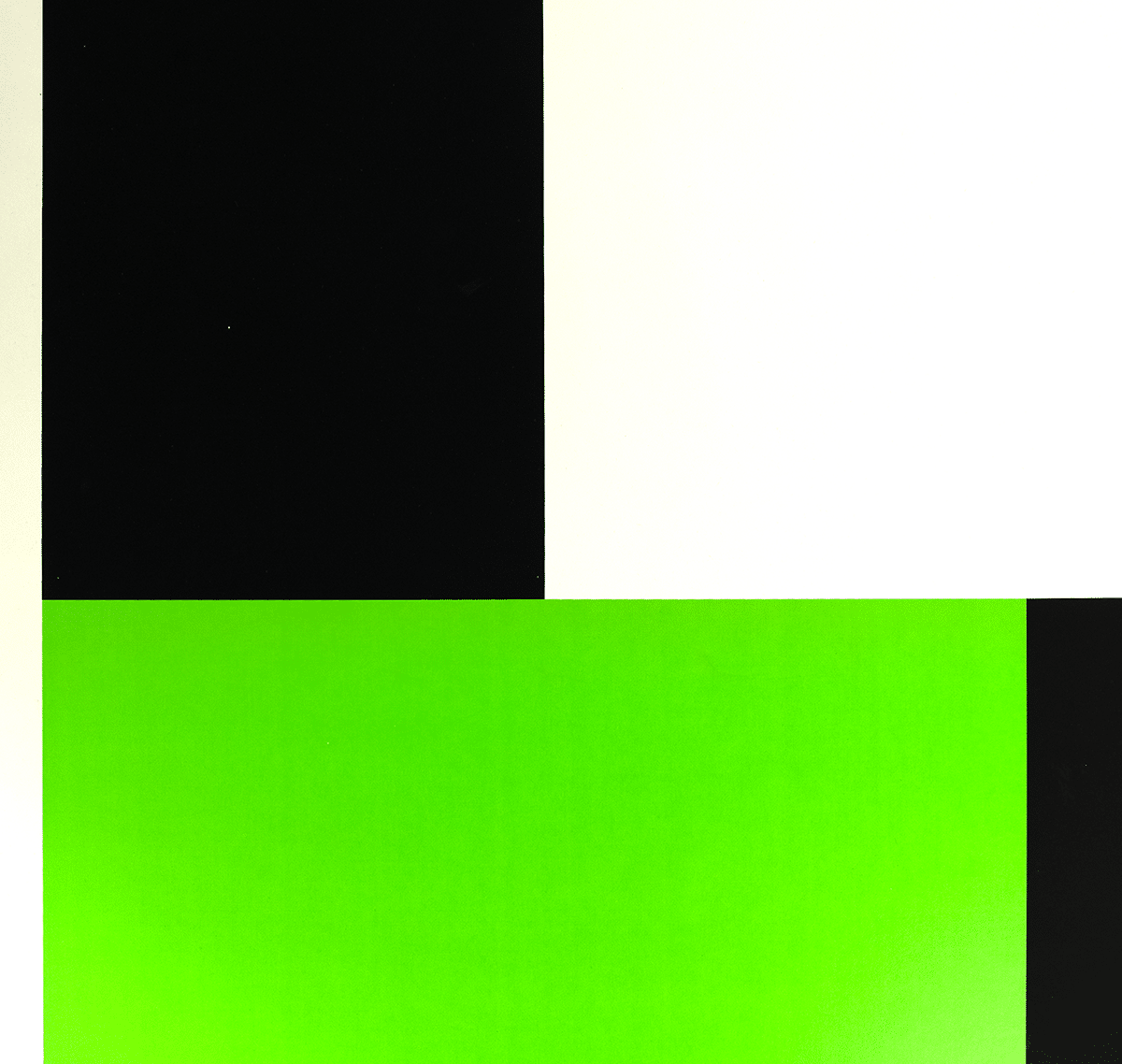Screen printing. 1970. Gesigneerd r.o. Afmetingen afbeelding ca 52*52 cm, lijst ca 64,5*81 cm.
Provenance: edition Griffelkunst 69. Publisher: Griffelkunst-Vereinigung, Hamburg
Back to offer overview
Biography
Max Bill (1908 – 1994) Bill studied architecture at the Bauhaus in Dessau. In addition to being an architect, he was a designer of applied art, painter, graphic artist and advertising designer, among other things. Mathematics was an important source of inspiration for Bill and this is clearly seen in his concrete art. At the beginning of his career, Bill worked figuratively, then followed by abstract compositions inspired by Paul Klee (one of his teachers at Bauhaus). In the 1930s, Max Bill begins making concrete work after getting in touch with the artists of abstraction-creation, which was founded in Paris in 1931 by Georges Vantongerloo and Auguste Herbin. He also gets to know Theo van Doesburg in Paris, who introduced the term concrete art in 1929. By the mid-1930s, Bill’s paintings are often constructive compositions composed mostly of flat or linear pictorial elements. The building blocks are basic geometric shapes such as line segments, curves, squares, rectangles and circles, which he arranges using the repertoire of geometry, with rotations, progressions and proportions. A title of a 1937 work, a2 + b2 = c2, shows the influence by constructivism, as well as his increasing preoccupation with mathematics. Beginning in the mid-1940s, the square becomes the dominant form in his paintings, which consist mostly of precise, geometric and monochromatic surfaces. In these works he deals with compositional issues and questions of perception theory (see also Jozef Albers’ rectangles). His paintings no longer depict and by placing them at an angle (he calls these paintings “pointed” paintings) he abandons the traditional form of the panel painting. He changes the format over the years, but always returns to the geometrically ideal structure of the square, varying the colors and distribution of the planes and in which the works emerge within a self-defined system (like Lohse, he works with a closed system). As early as the 1930s, Bill saw geometry as the “working material” for creating precise pictorial works. In his graphics, Bill presents the variation possibilities of his basic idea where there is always transformation and coloring of the basic idea. In his 1949, Bill argues that it is possible to develop art largely on the basis of a mathematical way of thinking. He emphasizes that a mathematical way of thinking is not about mathematics itself: “It is rather a shaping of rhythms and relations, of laws that have individual origins.” It is about a combination of feeling and thinking that Bill identifies as the absolutely fundamental basic structure of man. He sees his “concrete art” being created using mathematical rigor, an attempt to create his own reality through model-like laws.

